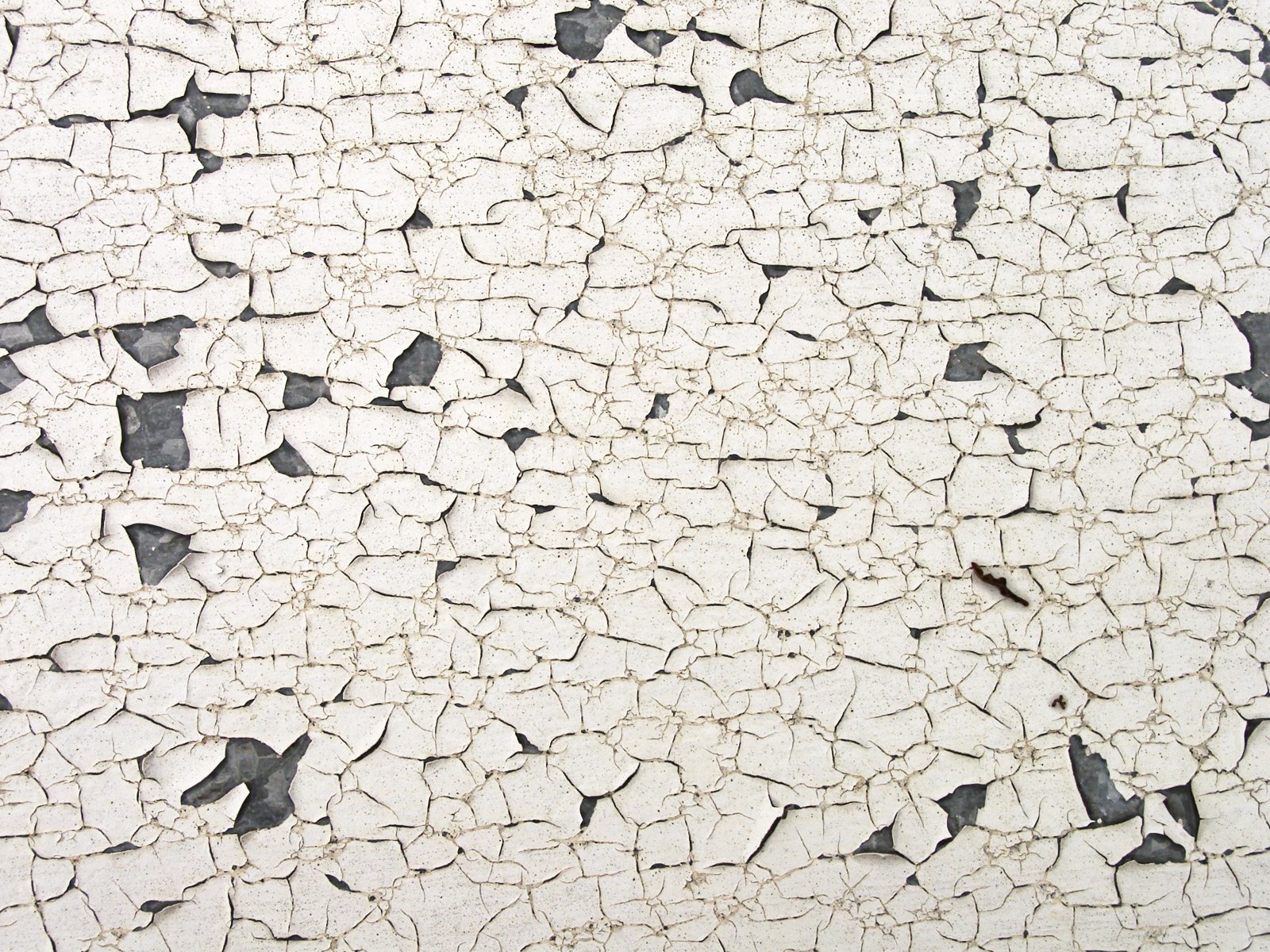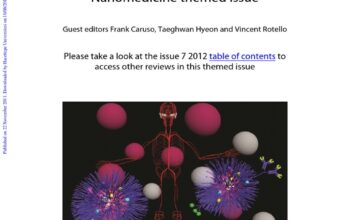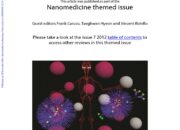In the intricate tapestry of material science, one of the persistent challenges is the phenomenon of cracking, particularly within coatings such as paint. This discourse endeavors to elucidate the role of large particles in mitigating the deleterious effects of cracking in paint formulations, thereby unraveling a subtle yet influential narrative about an interrelation between physicochemical properties and macroscopic performance. Understanding this dynamic not only enhances the aesthetic appeal of painted surfaces but also contributes to the longevity and durability of coatings in various applications.
To initiate this exploration, it is prudent to delineate the mechanics of cracking in paint. The occurrence of cracks in paint films can be attributed to a multitude of factors, including environmental stresses, thermal fluctuations, and the inherent properties of the resin matrix. Upon drying, as the solvent evaporates, residual stresses emerge due to differential shrinkage. Over time, these internal forces can surpass the cohesive strength of the film, resulting in fissures that propagate through the layer. Hence, the quest for innovative solutions pivots toward modifying the paint’s composite materials, with special emphasis on the incorporation of large particles.
The introduction of large particles into paint formulations serves multiple functions. Firstly, it alters the rheological properties of the paint, enhancing its viscosity and enabling a more robust film formation upon application. Large particles act as physical barriers that disrupt crack propagation pathways, essentially creating a less favorable environment for the initiation and growth of cracks. This mechanical reinforcement is paramount in reducing the susceptibility of the paint to cracking under stress.
Particles of varying compositions—such as silica, calcium carbonate, and titanium dioxide—are extensively studied for their effectiveness in paint formulations. Silica particles, for instance, not only improve the paint’s viscosity but also augment its mechanical strength due to their high aspect ratios. The extensive superficial area associated with larger particles promotes better interactions with the polymeric matrix, leading to higher tensile strength. Moreover, these enhancements often translate into superior adhesion properties, further mitigating the risks of delamination and subsequent cracking.
In addition to mechanical reinforcement, large particles contribute to the thermal stability of paint films. Coatings subjected to environmental thermal cycles experience expansion and contraction, which can exacerbate cracking. By incorporating materials with low thermal expansion coefficients, modifications can lead to a more thermally resilient paint. For example, large alumina particles demonstrate exceptional thermal stability and can significantly diminish the coeficients of thermal expansion when embedded within a polymeric matrix. This holds particular significance for exterior applications, where paints must endure varying climatic conditions.
Furthermore, large particle inclusions can play a pivotal role in the aesthetic properties of paint. The optical behavior of a coating, including its gloss and color retention, is fundamentally influenced by the size and distribution of particulate matter. The intentional formulation of particle size can yield desired surface finishes—matte, satin, or gloss—by manipulating light scattering effects. Hence, the incorporation of larger particles not only ameliorates mechanical resistance to cracking but also enriches the visual attributes of the paint.
The physics of particle interactions adds another layer of complexity to this discussion. The concept of percolation theory shows that the effectiveness of large particles in preventing crack propagation is contingent upon achieving a critical volume fraction within the suspension. Optimal dispersion and functionalization of these particles enhance interparticle interactions, fostering a networked structure that inhibits fracture. Employing additives that enhance particle distribution and compatibility with the polymer matrix ensures that this percolation threshold is attained, thus maximizing the performance enhancements of the coating.
Moreover, a thorough understanding of the interfacial interactions between large particles and the paint matrix is crucial. The modification of surface chemistry can render particles more hydrophobic or hydrophilic, thereby influencing their role within the paint formulation. For instance, silane coupling agents can be employed to improve the bonding at the interface between the particle and the resin, facilitating enhanced mechanical integrity and resistance to cracking. Such modifications are pivotal in ensuring that the advantages of incorporating large particles are fully realized.
The application of large particles in paint formulations is not without its challenges. The balance between functionality, cost, and environmental impact must be judiciously navigated. As regulatory frameworks surrounding materials safety become increasingly stringent, the selection of non-toxic, sustainable materials for use as large particles is a growing concern. This evolution necessitates ongoing research and development, promoting innovative alternatives that simultaneously address performance and ecological implications.
In summation, the incorporation of large particles in paint formulations presents a multifaceted approach to mitigating cracking. By enhancing mechanical properties, improving thermal stability, and enriching aesthetic qualities, these particles represent a significant advancement within the realm of material science. The intricate mechanisms at play highlight the interplay between microscopic properties and macroscopic outcomes, illustrating a paradigm through which science can address longstanding challenges in material durability and performance. As research continues to advance, the potential for large particle integration in paint formulations promises a future where aesthetics and functionality coalesce seamlessly within a single coating solution.








